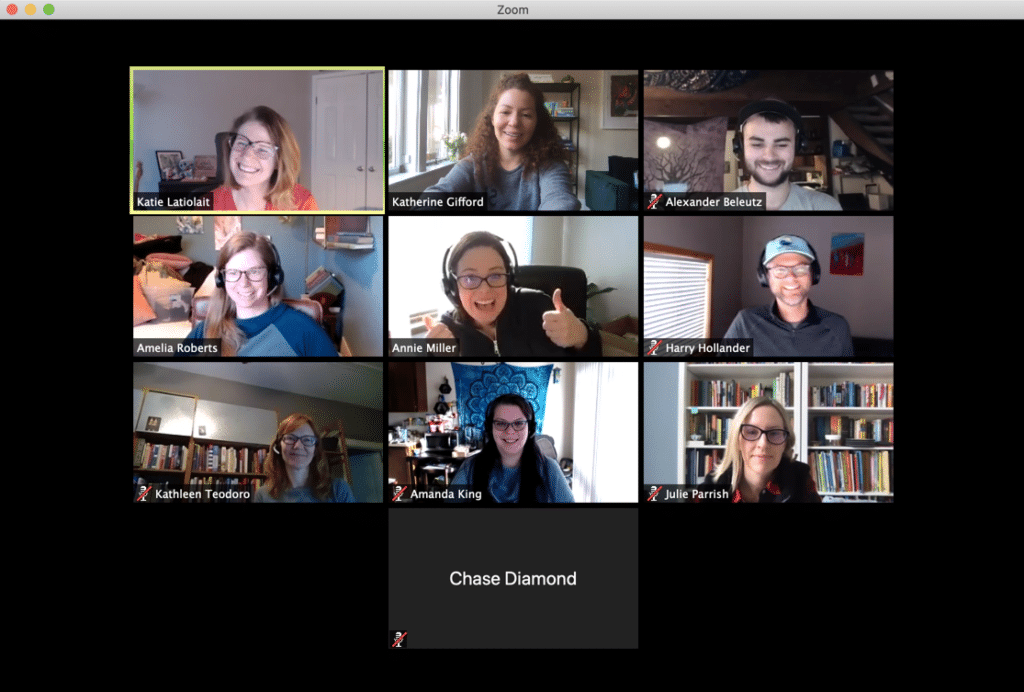
It’s Harry, the CEO of Moraware, here with an update… I’ve been looking at the news about the COVID-19, and trying to figure out how to process this information for myself. And, I’m thinking about my responsibility to Moraware, our team, and the thousands of countertop fabricators who use our software.
Number one thought: I’m lucky. I live in a sparsely populated area, I’ve been working from home for the last 18 years, and my wife is an incredible planner who’s prepared for most situations. I usually only leave the house to do fun outdoorsy stuff. The impact of this virus on my day-to-day (at least so far) has been minimal.
Number two thought: Moraware is lucky. Our whole team works from home, we have tools that help us stay connected to each other and our customers, and we’re not in an industry that relies on direct human contact in order to provide value.
Yeah, I’m choosing to stay positive.
But, I don’t want to ignore the reality of the situation. Just in the last week, Oregon (where I live) announced that all schools will be closed ‘til the end of April and that all restaurants and bars will no longer be allowed to be open other than for take-out or delivery. We’re closer to the beginning of the changes than the end. Things are changing quickly and we need to be ready to react once we know more.
So, how can I help?
I thought I’d share some of our insights from almost 2 decades of working remotely. I’m optimistic that countertop fabricators can do more remote work, other than the actual manufacturing of countertops. That means it might be possible to have your quoting, scheduling, and CAD continue without having those employees physically in the office.
I’ve got lots to say about this subject, and I hope it’s useful to you. Here’s the first nugget:
Over-communication is necessary.
Working remotely isn’t “free”. One of the key costs is the time you need to spend communicating with your team. There’s not a chance that you’re going to just bump into anyone in the hall, so that communication needs to be regular, planned, and intentional.
Early on in Moraware’s history, we were just figuring out how to work remotely. We didn’t schedule check-ins, and what would happen was something like this.
“Well, she’s busy, I don’t want to bug her”
“We haven’t talked in a couple of days, another couple of days is okay”
“I’m sure if there was an issue, she’d be reaching out to me.”
“It’s been a month since we talked, what the hell is she doing?”
All of those good intentions and not wanting to bother the other person meant that we weren’t in communication, and didn’t have a channel for when we actually did need to talk. So, now we over-communicate to compensate for our natural inclinations of not wanting to bother or burden the other folks on the team.
About half of my planned schedule is devoted to Zoom calls with the team. I have a series of daily, weekly, and monthly calls either 1-1 or with teams. If we don’t schedule those calls in advance, they don’t happen regularly enough, and we don’t have a close connection to each other. We find that having video chats is better than just phone calls. There’s a lot of nuance that happens non-verbally, and video helps.
We also use Slack a bunch to stay in contact. It’s a big shift to go from an in-person team to one that uses writing as a big communication channel, and it’s something that we keep evolving as we go. We’ve been doing this for years, and there are still times where we get tripped up on how to communicate in writing. One key is that emails, slack, or texting are not the right channel for anything “hard”. If you have messages that are ambiguous or emotionally charged, that’s the time to pick up the (video) phone.
I’m going to share more of the tools and practices we use to work remotely. Look out for the next article in this series soon!
